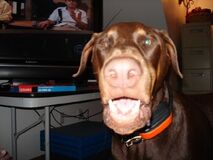
Since you asked for questions, here is one that may not be common. Sally is obsessed with animals she sees on tv. She will charge the screen and bark. I'm afraid she will knock it over! She wears the ecollar and I stim her and say, "No" or "Get Away".
She sits in place and stares at the screen. I stim her again and she either scooches backward toward me or comes and sits on my feet. I want her to learn to ignore the tv and to do something like "place" on the couch. We used to enjoy Animal Planet, Westerns, hunting shows, lol! Now it is the Dreaded Toyota Dog Days commercial! She has memorized the music and comes running after two notes!
Thanks,
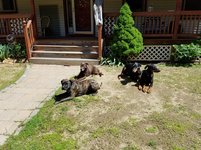
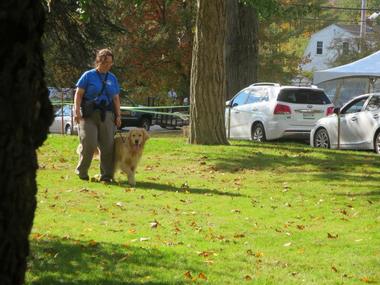
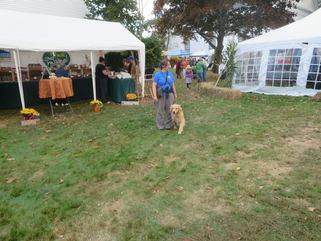
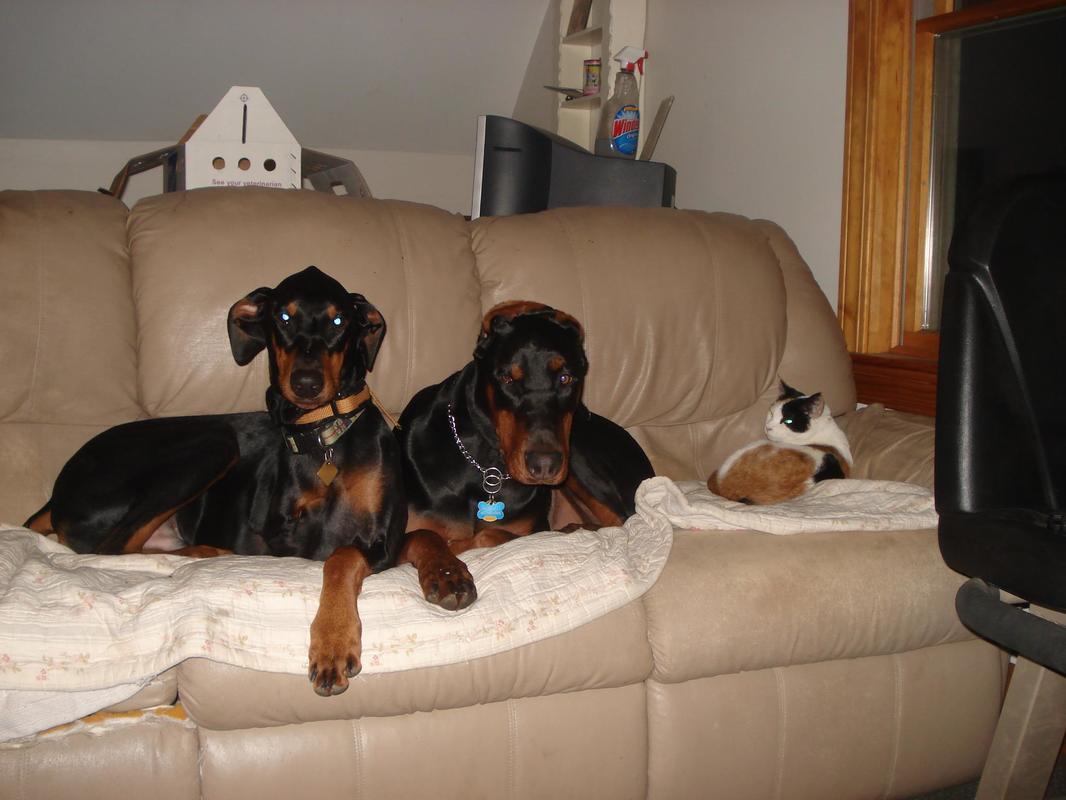
 RSS Feed
RSS Feed